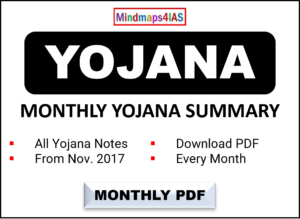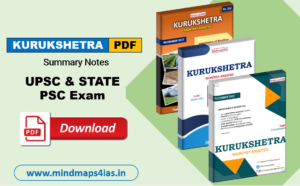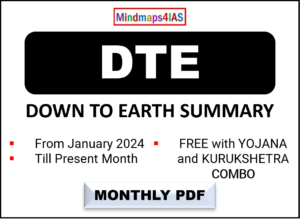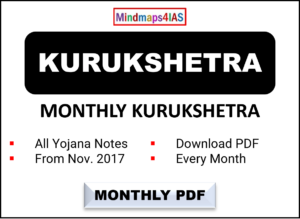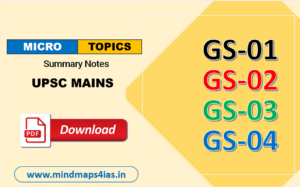Subject: Science & Technology, Government Schemes
Relevance: Government initiatives in science & technology, indigenization of technology, and developing new technology form an important part of the UPSC CSE syllabus.
Why in the News?
-
India completed wet testing of its Matsya-6000 submersible in February, capable of diving up to 6 km below the surface to look for underwater minerals off the coast.
-
China unveiled a compact deep sea cable-cutting device. China reportedly operates the largest fleet of submersibles in the world.
Key Takeaways
-
Samudrayaan Mission:
-
India’s manned deep ocean mission envisioned for deep sea mineral exploration.
-
Project under the Deep Ocean Mission.
-
Aims to develop a self-propelled manned submersible to carry 3 human beings to a water depth of 6000 metres in the ocean.
-
Will carry a suite of scientific sensors and tools for deep ocean exploration.
-
MATSYA 6000 manned submersible design has been completed under this mission.
-
-
Matsya-6000:
-
Submersible vehicle set to transport three Indians into the deep sea in 2026.
-
Successfully completed wet tests and facilitated multiple manned dives in the Bay of Bengal. Tests were performed off Chennai.
-
Designed and developed by NIOT (National Institute of Ocean Technology), Chennai.
-
Equipped with high-end instruments, oceanographic sensors, and equipment.
-
Essential for performing exploration of rare earth minerals, nickel, cobalt, manganese and a host of other under-sea minerals off the Indian coasts.
-
Developed under the Ministry of Earth Sciences’ Deep Ocean Mission, which was launched in 2018.
-
Offers an endurance of 12 hours under normal operations and up to 96 hours in case of emergency for human safety.
-
Manned diving tests were performed to check the reliability of the life support system.
-
Deep-Sea Mining
-
Definition:
-
Involves removing mineral deposits and metals from the ocean’s seabed.
-
Types:
-
Taking deposit-rich polymetallic nodules off the ocean floor
-
Mining massive seafloor sulphide deposits
-
Stripping cobalt crusts from rock
-
-
-
Resources:
-
Nodules, deposits, and crusts contain materials such as nickel, rare earths, cobalt needed for batteries, renewable energy, and technology like cellphones and computers.
-
-
Strategic Importance:
-
Companies and governments view these as strategically important resources that will be needed as onshore reserves are depleted and demand continues to rise.
-
Regulation of Deep-Sea Mining
-
Maritime Zones:
-
Countries manage their own maritime territory and exclusive economic zones.
-
The high seas and the international ocean floor are governed by the United Nations Convention on the Law of the Seas (UNCLOS). It is considered to apply to states regardless of whether or not they have signed or ratified it.
-
-
UNCLOS:
-
Under the treaty, the seabed and its mineral resources are considered the ‘common heritage of mankind’.
-
Must be managed in a way that protects the interests of humanity through the sharing of economic benefits, support for marine scientific research, and protecting marine environments.
-
-
Exclusive Economic Zone (EEZ):
-
According to the UNCLOS, the Exclusive Economic Zone (EEZ) of a country extends from the baseline of its coast to 200 nautical miles (about 370 km) into the sea.
-
A nation has exclusive rights to living and non-living resources in the waters and on the seabed within its EEZ.
-





